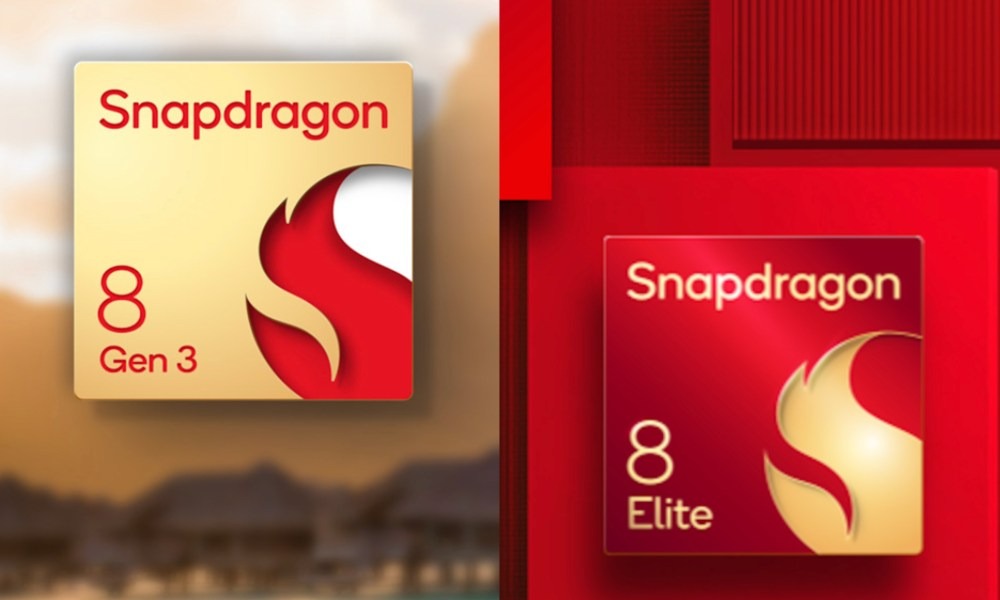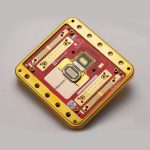What makes this competition particularly fascinating is the stark contrast in development strategies: MediaTek’s close collaboration with Arm versus Qualcomm’s bold venture into custom cores derived from their Windows on ARM experience. This divergence could reshape the Android device landscape for years to come.

Contrasting Approaches to Processor Design
MediaTek’s Strategy:
- Direct integration of Arm’s latest CPU designs
- Adoption of newest Arm graphics architectures
- Focus on standardized optimizations
- Strong emphasis on AI capabilities
Qualcomm’s Approach:
- Custom core development based on Windows on ARM experience
- Proprietary architecture modifications
- Platform-specific optimizations
- Integration of laptop-class processing capabilities
Market Dynamics and Industry Shifts
MediaTek’s rising influence, particularly in the Chinese market, represents a significant shift in the mobile processor landscape. Their consistent generational improvements and AI capabilities have helped them challenge Qualcomm’s traditional dominance.
Key Market Developments:
- Growing adoption by major Chinese manufacturers
- Increased competition in AI processing capabilities
- Shifting OEM partnerships and allegiances
- Evolution of performance benchmarks
Technical Capabilities Face-Off
Processing Architecture:
| Feature | Snapdragon 8 Elite | Dimensity 9400 |
|---|---|---|
| Core Design | Custom cores | Arm reference |
| AI Processing | Custom NPU | Integrated APU |
| Graphics | Custom Adreno | Mali-based |
Implications for Android Ecosystem
Device Manufacturers:
- Greater choice in processor selection
- Different optimization paths
- Varied AI capabilities
- Distinct performance characteristics
App Developers:
- Need for platform-specific optimizations
- Different AI processing capabilities
- Varied performance profiles
- Multiple optimization targets
Future Outlook
As these processors make their way into consumer devices, several key trends will likely emerge:
- Increased differentiation in device capabilities
- Growing importance of AI processing
- Evolution of mobile computing paradigms
- New opportunities for platform-specific features









Add Comment